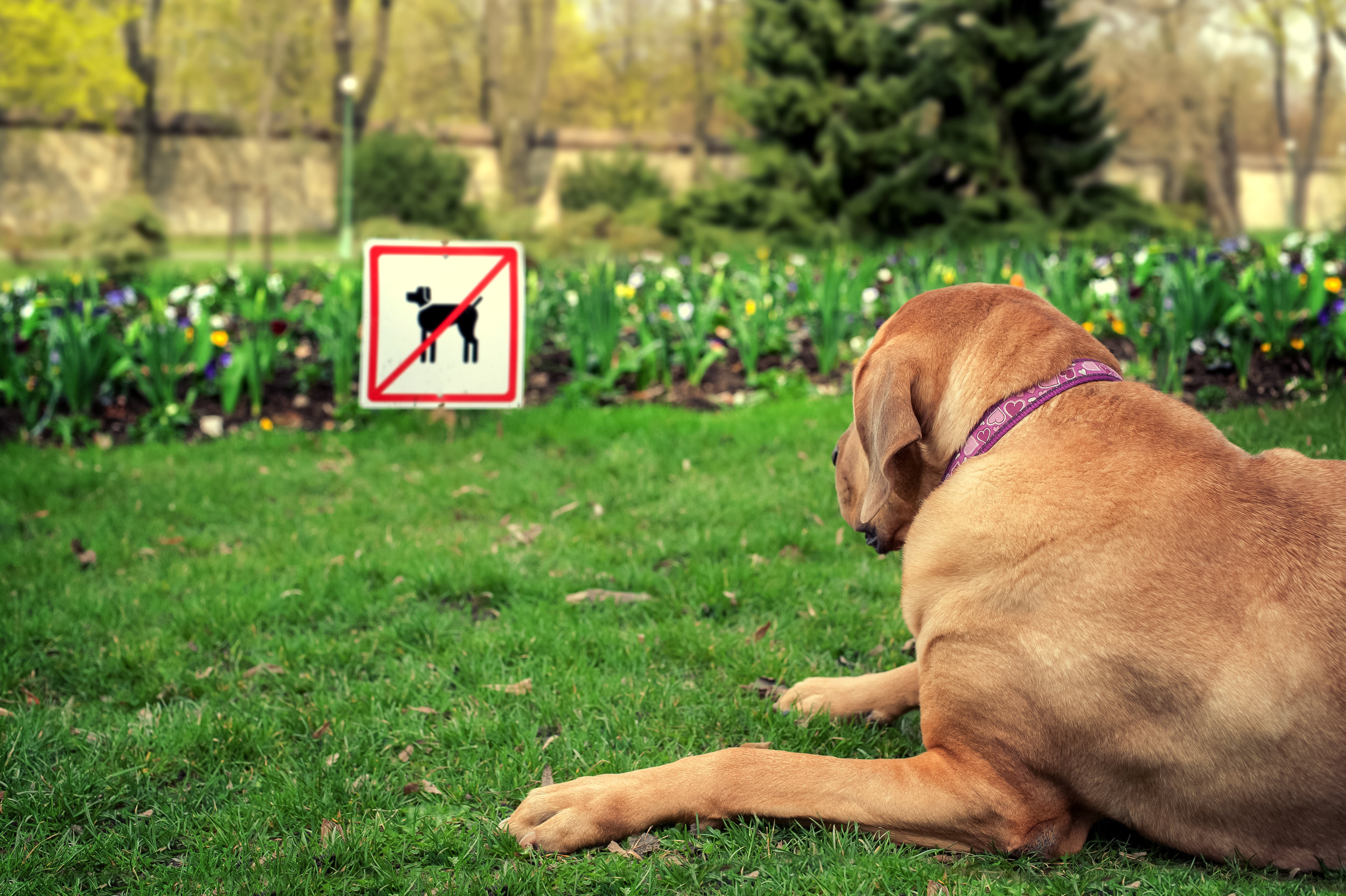In Bayer Cropscience AG v. Dow Agrosciences LLC (June 7, 2012), Judge Schneider (District of Delaware) denied Defendant Dow's third request to supplement its invalidity contentions. In denying the requested supplement, the Court noted that the diligence of the moving party is the "key" fact that courts consider when assessing good cause for amendments to contentions. Relying on 02 Micro Intern. Ltd., 467 F.3d 1355, 1364-1367 (Fed. Cir. 2006), the Court explained:
Pursuant to the [02 Micro] decision, the key fact courts should look at to determine whether good cause exists to grant an amendment to a contention is the diligence of the moving party. Diligence has two aspects to it. One is whether the moving party acted diligently to discover that an amendment was appropriate. The second aspect is whether the moving party promptly moved to amend its contentions after it learned an amendment was necessary. The burden is on Dow to show diligence, rather than on Bayer to establish Down was not diligent. Dow has not satisfied its burden.
(Order at 3). Dow sought three sets of amendments. One amendment concerned supplementing its contentions to include arguments, not prior art, that respond to Plaintiff's amended contentions. This proposal was rejected. The second amendment sought to incorporate by reference past briefing by Dow. This proposal was also rejected. The third set of amendments sought to add two recently discovered prior art references. This third proposal was similarly rejected. The reasoning underlying the third proposal is explored below.
For the prior art supplement, Plaintiff Bayer noted the following:
DAS makes no showing whatsoever that it has been diligently searching for prior art; provides no explanation as to how or why the two new pinches of prior art eluded that search; and does not even attempt to explain the circumstances as to how this alleged new prior art came to light.
(Order at 6-7) (citing Bayer Answering Brief at 10-11). The Court essentially agreed with Bayer explaining that, as to the Perkins reference learned of by interviewing the reference's author, "Dow did not explain why it did not conduct its interview earlier" and as to the second Fraley reference, the Court rejected the premise that good cause exists when a reference is intended to rebut arguments by the opposing party. (Order at 7). The Court opined that if supplementing contentions to rebut arguments were permitted, "amended contentions would never cease." (Order at 7).
Takeaways - Good cause and diligence continue to control supplemental contentions. In future posts, I will comment on why invalidity contention supplements should continue to be governed by the good cause requirement, but that the stage of the litigation should be given minimal to no deference, unless expert discovery has commenced.
Judge Schneider in this case found it significant that
In view of the parties' efforts to date and the upcoming Markman hearing, Bayer will be prejudiced if it is now compelled to revise its prosecution and defense strategy to respond to Dow's 'shifting sands' defense. This is the scenario the patent rules were designed to prevent.
(Order at 8).
I respectfully disagree. Supplementing prior art, specifically prior art not of record for the challenged patent, should have no bearing on the Markman hearing, and is unlikely to require a response by the plaintiff that rises to the level of "prejudice." If the supplemented prior art is not compelling, the prior art will essentially be a non-issue. If the prior art is compelling, the prior art rises in importance and should be part of the litigated merits. Expert discovery has yet to begin, and the plaintiff can address the reference in due course with the aid of its expert. Further, because no claim construction order has issued, it would appear to be entirely premature to exclude merit-based evidence. Yes, the local patent rules specify disclosure time frames, but are those time frames justified or merely for expedience?





